Description
Variegated Wax Ivy Plant ‘Senecio macroglossus Variegatus’
Variegated wax ivy, scientifically known as Senecio macroglossus ‘Variegatus,’ has become a popular houseplant due to its attractive foliage. Additionally, this plant, sometimes called “wax ivy” or “wax vine” because of its waxy leaves and vining growth habit, is part of the Senecio genus.
Let’s explore some key characteristics of variegated wax ivy:
Foliage: Small, succulent leaves that are typically green with creamy-white or yellowish margins. The variegated foliage gives the plant an ornamental appeal.
Growth Habit: It is a vining plant, which means it can trail or climb, making it a popular choice for hanging baskets, trellises, or as ground cover in gardens.
Light Requirements: It prefers bright, indirect light. It can tolerate some direct sunlight, but you should protect it from strong afternoon sun, as it can scorch the leaves.
Watering: This plant prefers well-draining soil, and you should allow it to partially dry out between waterings. Overwatering can lead to root rot.
Temperature: Variegated wax ivy generally does not tolerate frost. You should protect it from freezing temperatures, and it is best grown indoors or in temperate climates.
Maintenance: Pruning and pinching back the vines can help maintain a bushier, fuller appearance. It’s relatively low-maintenance, but it benefits from occasional grooming.
Pests: Be vigilant for common houseplant pests like mealybugs and spider mites. Consequently, regularly inspect your plant and promptly address any infestations.



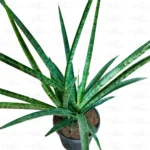

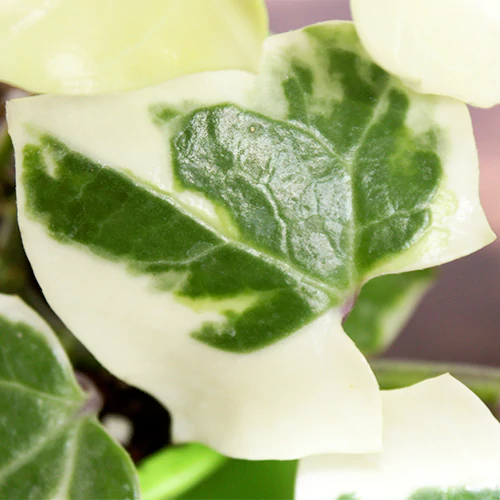
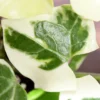


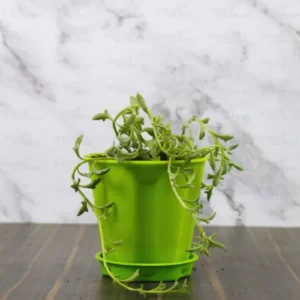

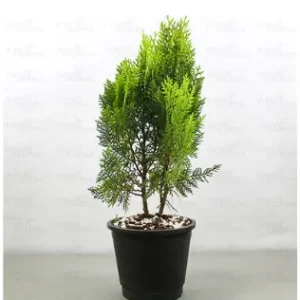
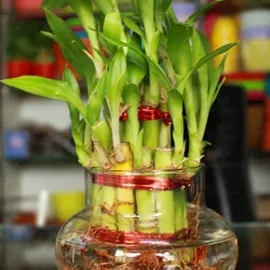



Reviews
There are no reviews yet.